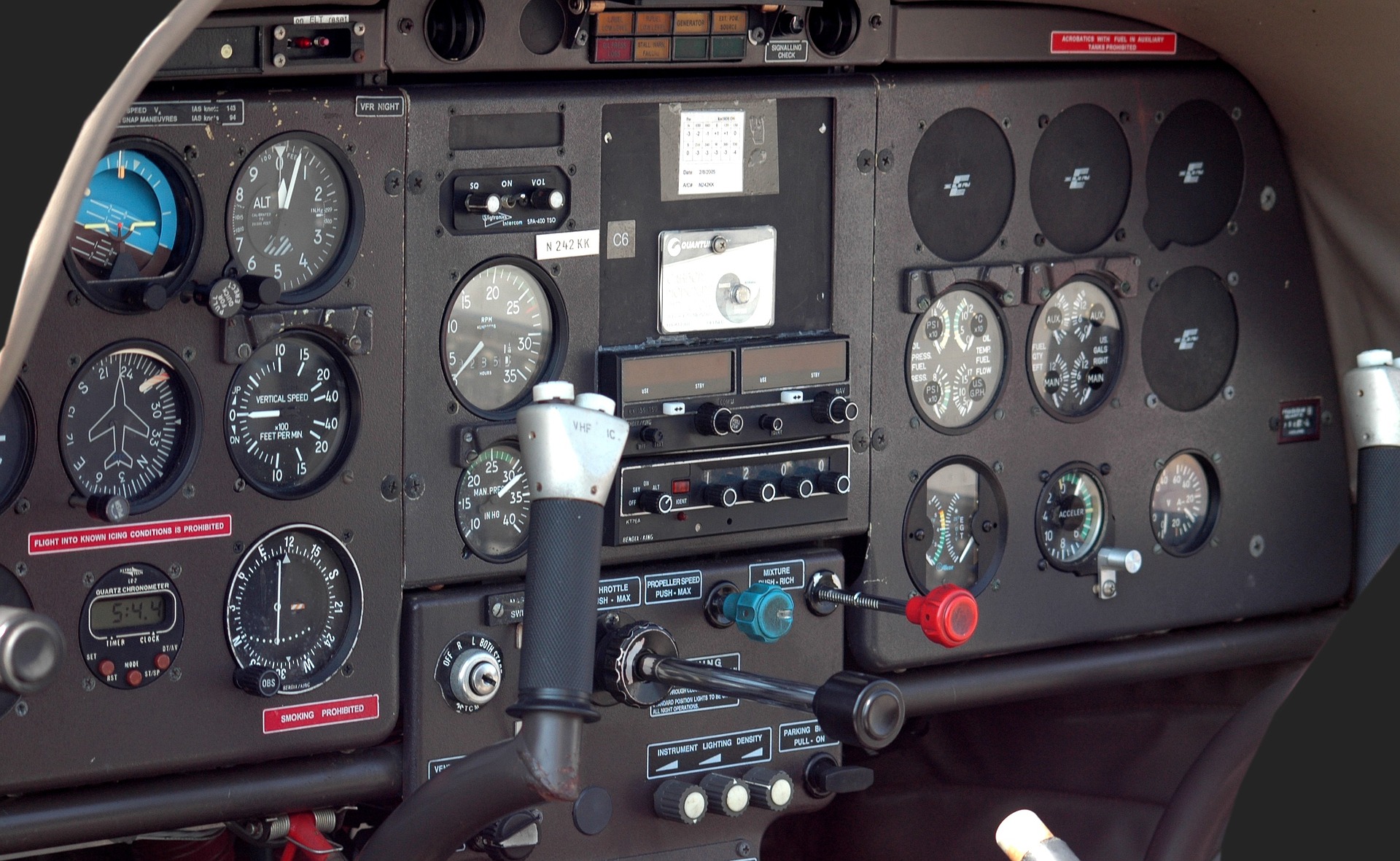Every year there are many changes and innovations that arise in the commercial aviation sector in order to provide a better service to passengers and offer a higher level of security. One of the advances that most differentiates commercial aircraft from cars/automobiles today is the function of “autopilot” within the units since it has already been successfully implemented in the aeronautical sector for some time. But it has not been done yet by land transportation, which is a subject that causes curiosity in most people interested in the subject.
Contents
Benefits of autopilot on airplanes
It is considered that there are many benefits that “autopilot” brings to airplanes, for example, it is used on commercial flights when the descent and landing of the airplane begins. This modern system is activated and programmed by the pilot himself depending on the unit and what is needed; its functions offer the following benefits to the aircraft:
• Ensure that the programmed altitude and speed are maintained.
• Modify said altitude, either to ascend or descend.
• Increase or decrease the speed that has been programmed.
• Program a heading or route, taking into account the control points.
• When descending, it allows the plane to be aligned with the airport runway.
• Being able to make an automated landing.
Why hasn’t ‘autopilot’ been applied to cars/automobiles yet?
Although it is more complex to make an airplane “fly” than a car/automobile can move, a technological advance (adopted in the aeronautical market) has been in existence for several years that allows pilots to have an automated system to maintain control of the aircraft; For this reason, the automotive sector has been trying for a few years to include this system in cars/automobiles.
Currently, there are various prototypes of autonomous cars such as the Tesla Model 3, the Mercedes-Benz EQC or the Nissan Serena. However, they have not yet been fully included in the automotive market as their handling is considered “complex”, in addition to the failures that this technology has presented (which has not yet been standardized and perfected in the automotive field).
Unit control
The main difference that could be considered is that the autopilot of the planes is a «support» for the pilot, that is, this system does not control the aircraft for 100% of the trip, but rather that there are professional pilots supervising how the flight and evaluating if there are any unforeseen or failure that must be solved immediately. While on the other hand, the automotive market considers (mostly) that the autonomous car must be managed completely independently, that is, that it can carry out 100% of the journey without a driver (or while the driver is doing other activities such as reading, sleeping, eating, among others).
Although it is true that there are autonomous cars that already have «partial» autonomous assistance, in order to achieve the vision or goal of a 100% autonomous car, it is still necessary to develop more sophisticated systems and sensors (at more accessible prices) and above all that this technology is accepted throughout the automotive market.
Unforeseen
Another reason that could lead to the fact that 100% autonomous cars do not yet exist is that there is something very particular about driving a car and that there are endless contingencies that can arise while the car is on the road, such as For example a large number of vehicles together, the presence of pedestrians or animals, breakdowns on the roads, among others. On the other hand, it could be said that in commercial aviation there is greater control of the units that are in the air, for example, their distance or route from the aircraft is known at all times, in addition to the fact that these types of flights have a greater prior planning level (technical reviews, weather forecast, alternative routes, etc.)
Reaction time
Given the unforeseen events that may arise, there is another difference, which would be the «reaction time» that pilots have when faced with a failure. In the case of airplanes, pilots have a reasonable time to act when a failure or emergency is detected in the In most cases, on the other hand when driving a car there is little or no time to react to an emergency due to the unpredictability of the environment in the face of accidents, due to this, the system that is implemented for cars/automobiles must be more complex and react more quickly (and efficiently) to events or unforeseen events that may arise.
What do you think about this topic? Do you consider that there are other reasons that affect the acceptance or inclusion of autonomous cars in the automotive market?
If you have any questions or queries, you can contact us or write your query at the bottom (comments section).
Image by Paul Brennan from Pixabay free of creative commons.
